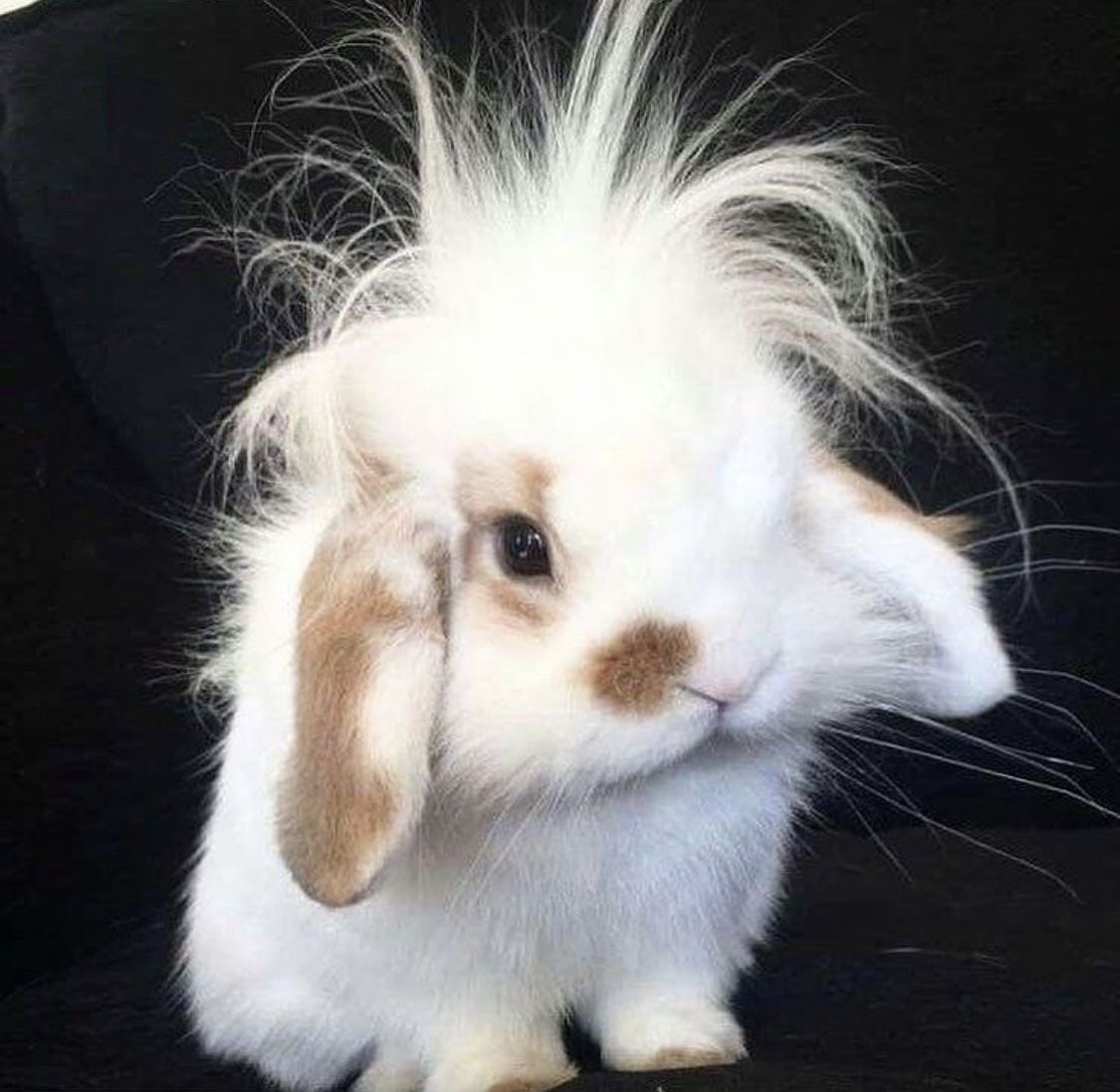memuhrize
Cards (16)
- cut out & record mass of several potato cylinders using BALANCE
- prepare sucrose solution with different concentrations
- Place potato cylinders into sucrose solutions
- Remove cylinders, pat dry & record final mass
- calculate % change for each cylinder
- repeat @ call average % change for each sucrose concentration
- plot % change (x) against sucrose concentration (y)
- draw line of best fit & find concentration where % change = 0
- magnification= image size / real size
- m->cm = x100cm-> mm = x10mm-> µm = x1000 (micrometer)µm-> nm = x1000 (nano)
- resolution: ability to distinguish 2 points in an image
- | light microscopes+ colour image+ cheap+ can view live specimen+ not complex— lower resolution—lower magnification— can’t see small organelles like ribosomes, mitochondria, chloroplast
- | electron microscope+ higher resolution+ higher magnification+ can see organelles
- | food tests
- BIURET for protein.
- blue = NO protein
- purple = protein
- | food tests
- IODINE for starch
- orange = NO starch
- blue = starch
- | food tests
- SUDAN III for LIPIDS
- red= NO lipids
- 2 layers= lipids
- | food tests
- benedict for sugar
- change between green-red= SUGAR
ben is addicted to sugar!!!!! - | investigating enzymes
- put starch & amylase into boiling tubes and in water bath at 20 degrees
- mix together with iodine solution
- Pipette mixture to spotting tile every 10 seconds
- Record time of colour changes from blue to brown
- repeat & get average time
- repeat with different temperatures and record time
- keep volume, pH & concentration constant
- | circulatory systemHeart pumps blood around the body via two circuits- one pumping DEOXYGENATED blood to lungs, other pumping oxygenated to body
- pacemaker controls heart beat
- artificial can be put in atrium for faulty heart beats. dont go near magnets
- blood vessels: one cell thick, smooth muscle to stop vessels from bursting, small holes for exchange
- artery: thicker muscles to withstand high pressure & small lumen to maintain high pressureVein: low pressure valve to prevent backflow
